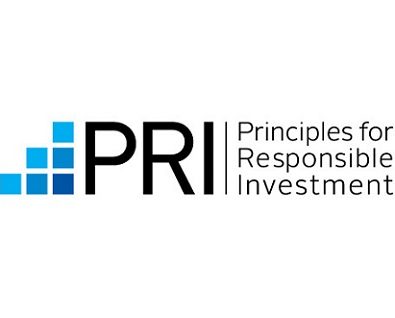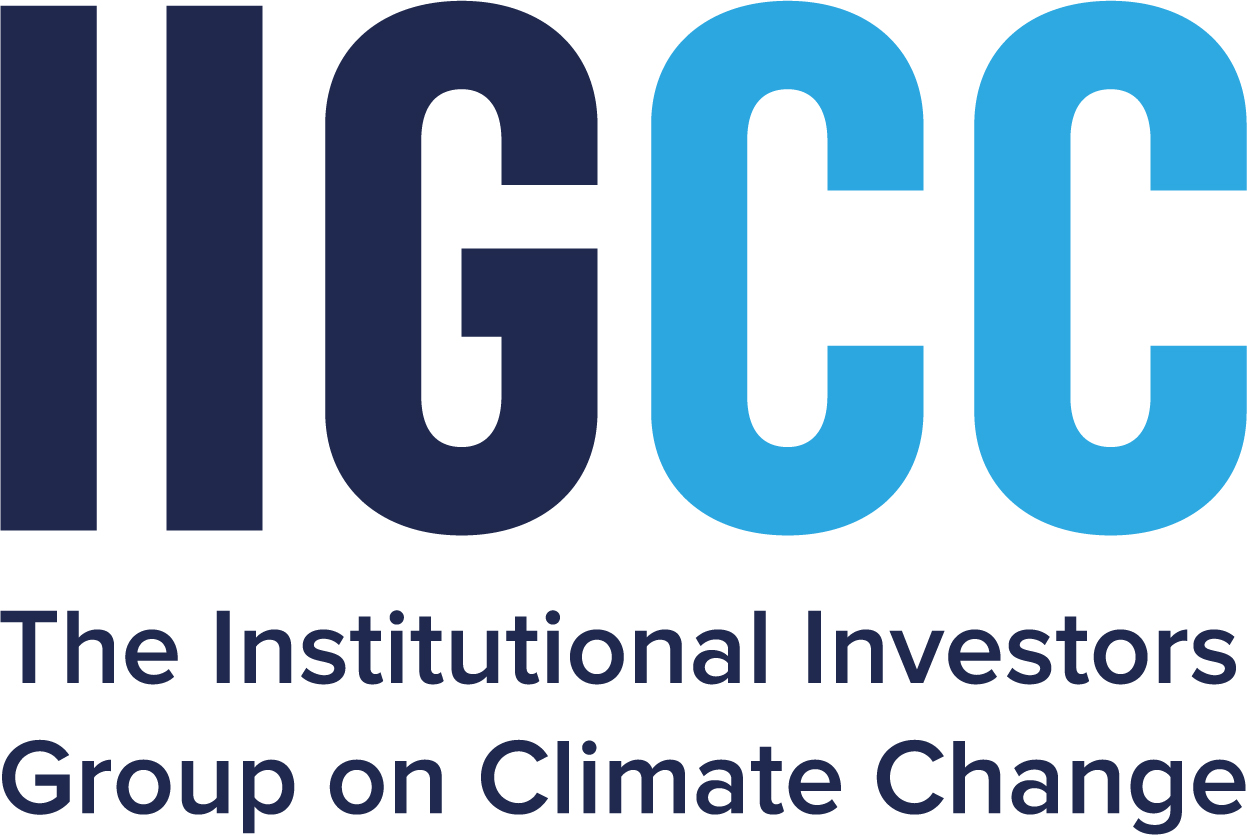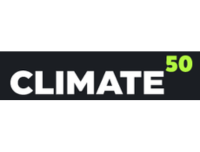Right now California awaits the release of a crucial land management plan that could serve as an example for the entire nation. Once implemented, the Desert Renewable Energy Conservation Plan (commonly referred to as the DRECP) will stand as a cornerstone to California’s energy independence, facilitating clean, renewable energy production while conserving large stretches of pristine and vulnerable desert lands. California must move forward — demonstrating that conservation and renewable energy development can coexist in the 21st century.
Phase one is a Bureau of Land Management plan which is unprecedented, both in size and scope. Covering 10 million acres of BLM-managed land, the DRECP is a constructive collaboration between federal, state and local agencies — providing a roadmap for the placement of large-scale renewable energy projects in the most appropriate locations. Once implemented, it will benefit California’s fight against climate change and serve as a model for other states looking to balance clean energy and conservation needs.
This plan can deliver real progress toward meeting California’s ambitious mandate to produce 50 percent of its energy needs from renewable sources by the year 2030. Ultimately, success in California and elsewhere will require innovations, including energy conservation, efficiency, and storage; widespread rooftop solar deployment; and large-scale wind, solar and geothermal production on both public and private lands. On the large scale energy front, the DRECP, with its careful zoning of renewable energy projects, can greatly accelerate California’s transition to a clean energy economy. When the BLM applied a similar zoned approach in Nevada, three solar projects were approved in under ten months – less than half the time it has taken using more haphazard project-by-project methods.
The need for a solid plan is clear in the California desert, a region already feeling the impacts of prolonged drought and rising temperatures from climate change. If we’re going to get serious about slowing the march toward extinction for many native plants and animals, we must move swiftly to invest in clean energy, while taking steps to conserve wild places. With protection, these desert lands can become a wide, connected safe-haven, providing enough space for plants and animals to migrate and adapt to a warming temperatures.
Home to the desert tortoise and herds of Nelson’s bighorn sheep, hawks and bobcats, California’s desert lands are a real life storybook of Western history – complete with Native American petroglyphs, pioneer trails and historic mining towns. Some places seem untouched over thousands of years – even as the city of Los Angeles burst through its boundaries, creating a suburban empire to the West, and Las Vegas exploded into a global gaming and tourism destination to the north. Miraculously, squeezed between these fast-growing cities, you can still find solitude and tranquility in nature, with places to hike, camp and witness the astonishing beauty of a starry night sky.
As leaders in both conservation and renewable energy, we encourage the BLM to move quickly to finalize the Desert Renewable Energy Conservation Plan. We can seek renewable energy solutions without spoiling our precious public lands. California is poised to demonstrate to the nation that ambitious goals, combined with intelligent planning, can yield exceptional results. Let’s push this innovative plan over the finish line.











